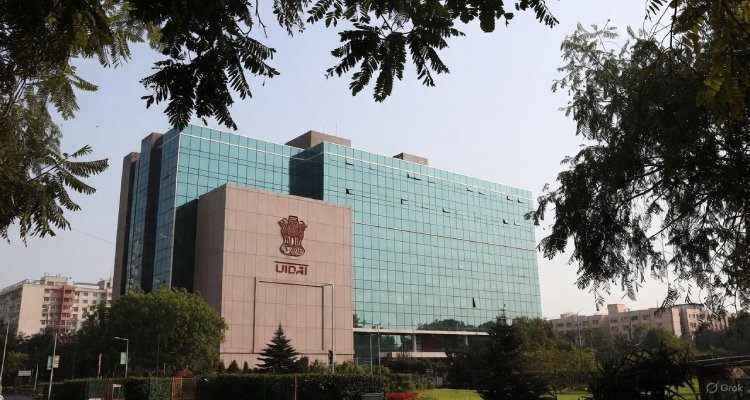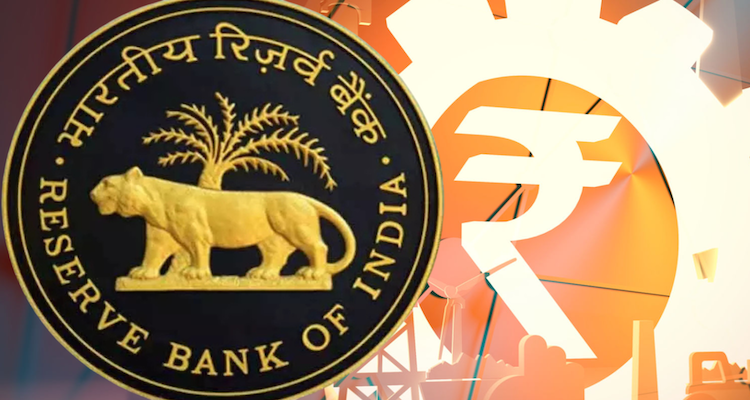RBI Constitutes 6-Member Payments Regulatory Board to Strengthen Oversight of India’s Digital Economy
The Reserve Bank of India forms a six-member Payments Regulatory Board (PRB) to oversee India’s fast-growing payment systems, replacing the earlier BPSS.
Introduction: A New Chapter in India’s Payment Oversight
India’s financial ecosystem has witnessed an unprecedented digital transformation in the last decade, with UPI, digital wallets, and online banking becoming household tools. To ensure that this growth remains secure, efficient, and transparent, the Reserve Bank of India (RBI) has constituted a new six-member Payments Regulatory Board (PRB). This body will play a central role in supervising and regulating the functioning of payment systems in the country, reflecting India’s intent to strengthen oversight in an era where digital transactions dominate the economy.
Context & Background: Why a New Regulatory Body?
Until now, the oversight of payment systems rested with the Board for Regulation and Supervision of Payment and Settlement Systems (BPSS), a five-member committee under the RBI’s Central Board. While effective, the BPSS was limited in scope and representation—it did not include any nominees from the central government.
The newly formed PRB marks a significant departure. By widening representation and strengthening governance, the RBI aims to create a more inclusive and accountable regulatory framework. This move comes at a time when India leads the world in digital transactions, with over 11 billion monthly UPI payments recorded in 2024, signaling the need for robust regulatory supervision.
Main Developments: The Composition of the Payments Regulatory Board
The Payments Regulatory Board (PRB) will be headed by the RBI Governor, ensuring continuity with its predecessor. However, its structure now reflects greater inter-institutional collaboration.
- RBI Members:
- RBI Governor (Chair)
- Deputy Governor in charge of Payment and Settlement Systems
- Executive Director overseeing Payment and Settlement Systems
- Government Nominees:
- Secretary, Department of Financial Services (DFS)
- Secretary, Ministry of Electronics and Information Technology (MeitY)
- Aruna Sundararajan, former Telecom Secretary and a seasoned policymaker
Additionally, the Principal Legal Adviser of RBI will serve as a permanent invitee, providing legal expertise during deliberations.
The PRB is mandated to meet at least twice a year, though more frequent meetings are expected given the pace of innovations and challenges in India’s digital payment space.
Expert Insight: Why This Move Matters
Financial experts see the creation of the PRB as a step toward shared responsibility in shaping India’s digital financial infrastructure.
“Digital payments have become the backbone of India’s economy, but with growth comes risk—cybersecurity threats, fraud, and systemic vulnerabilities,” said Dr. Rajesh Chakraborty, a financial policy analyst. “By including government secretaries and independent experts alongside the RBI, the PRB ensures that regulatory decisions are not only technically sound but also aligned with national policy priorities.”
Industry insiders also note that this collaborative framework can help India navigate global compliance standards, particularly as cross-border digital payments gain traction.
Impact & Implications: What This Means for India’s Digital Future
The PRB’s formation has several implications:
- Stronger Oversight of Digital Payments
- With UPI, RuPay, and fintech platforms handling trillions of rupees daily, enhanced oversight ensures consumer protection and system stability.
- Government-RBI Collaboration
- The presence of senior government officials bridges the gap between central policy and regulatory enforcement, ensuring smoother coordination.
- Global Signaling
- By instituting a robust governance framework, India sends a signal to global investors and international regulators that its payment systems are reliable, transparent, and secure.
- Policy Innovation
- The inclusion of experts like Aruna Sundararajan is expected to bring in forward-looking policy approaches, especially in integrating fintech, telecom, and digital infrastructure.
Conclusion: A Step Toward a Secure Digital Economy
The constitution of the Payments Regulatory Board (PRB) underscores India’s recognition that payments are no longer just a financial tool but a critical pillar of its digital economy. By replacing the BPSS with a broader, more representative body, the RBI has paved the way for inclusive governance, better oversight, and stronger public confidence in the financial system.
As India continues to lead the global digital payments revolution, the PRB will be tasked with balancing innovation and security—ensuring that growth remains both sustainable and trustworthy.
Disclaimer :This article is for informational purposes only and does not constitute financial or legal advice. Readers are encouraged to consult official RBI publications for authoritative details.











